Special live performance! Chatterbox performed Rikki-Tikki-Tavi live at the Memphis Children’s Theatre Festival on May 24, 2008. Click here to listen. (37:24, 35.1 MB)
Free Education Guide!
Teachers and educators, download our free PDF education guide for this show, which will help you incorporate Chatterbox into your classroom!
Written by Marques Brown, Education Director.
Cast & Crew
Rikki: Jerre Dye
Nagaina: Kell Christie
Nag / Darzee: Marques Brown
Darzee’s Wife / Teddy: Rae Boller
Darzee’s Wife / Teddy (Live Version): Lyric Peters Malkin
The Big Man: Robert Arnold
The Big Man’s Wife / Karait: Ashley Bugg Brown
Chuchundra: Aliza Moran
Musician: Jeanne Simmons
Producer: Andrew Sullivan
Adaptation: Marques Brown
Director: Marques Brown
Announcer: Tom Badgett
Artist: Gina Rickicki
Special Thanks to:
- Theatre Memphis
- Rhodes College
- Chris Lam
- Gina Rickicki
- Jerre Dye and Voices of the South
- Michelle Bush
- Kevin Collier of the McCoy Theater at Rhodes College
Notes
With the story of “Rikki-Tikki-Tavi,” Nobel laureate Rudyard Kipling has written a small masterpiece, emulating the stories of adventure heroes everywhere, set before the backdrop of British colonial India. A lot of symbolism is used in this story to show the clash of cultures that must have existed between the British colonialists and the native-born Indians, which raises many questions. Is this story a justification of white imperialism and the ever-expansive nature of the British Empire? Is it possible that this children’s story about the natural conflict between mongoose and cobra is a metaphor for social Darwinism, and the ability and right to squelch a nation’s culture and heritage in the name of the more “civilized and advanced” race?
The villains of this story, Nag and Nagaina, are simply bad. They lay siege over the garden, home to many other kinds of creatures including frogs and birds — specifically Darzee the tailor-bird and his wife. Is it possible that there is a purposeful ironic similarity between the actions of the cobras and the actions of the British Empire? Or, oppositely, do the cobras represent the resistance of native Indian citizens? Nag himself admits his allegiance to the Hindu religion while Rikki, also a native Indian, holds no such alliances and is loyal only to his new English colonial family. You may also notice that the story’s two poems, which we in this production have adapted into song, hold compelling contrasts. The ballad that originally preceded the story, and describes the battle between Nag and Rikki, has an interesting, almost Indian feel to it, while Darzee’s Chaunt, sung by the tailor-bird in praise of Rikki-Tikki for ridding the garden of tyrannical king cobra, has definite Anglican hymnal overtones.
Rikki-Tikki himself does not seem to represent anything other than the classic characteristics of a hero. He is brave, loyal, strong, and ready to sacrifice himself for the good of others. Nag and Nagaina, of course, are representative of pure evil and bad intentions. Other characters such as Darzee and Chuchundra act as foils to Rikki’s forethought and bravery. It is also interesting to note the relationships between man and wife in this story, especially among the animal world. One sees that both in the cases of the tailor-birds and the cobras, it is the female who reasons and plans, while the male acts without thinking, often landing himself into trouble.
The truth is, regardless of the social and political connotations of the time that Kipling wrote this short story, the hero mongoose fights for what he believes to be right. And the qualities that he exemplifies are ones that we all believe in. Coupling this with the fact that the story uses the natural world of real-life animals, anthropomorphic though they may be, adds an educational element to this story that children find fascinating.
As we can see, huge shifts in popular opinion and belief about national identity and cultural equality have taken place. It is amazing to me, though, that the values and ideals that are exemplified in the story of “Rikki-Tikki-Tavi” are as powerful as they ever were. The difference lies in how we interpret the values that are taught by this quintessential “Hero.” It does not matter whom the mongoose is protecting, nor the cultural background of those villains who are being vanquished. What matters is that the qualities Rikki represents — courage, loyalty, and perseverance — are wonderful qualities for us all to emulate, no matter where we come from, or what hurdles we are trying to overcome.
—Marques W. Brown

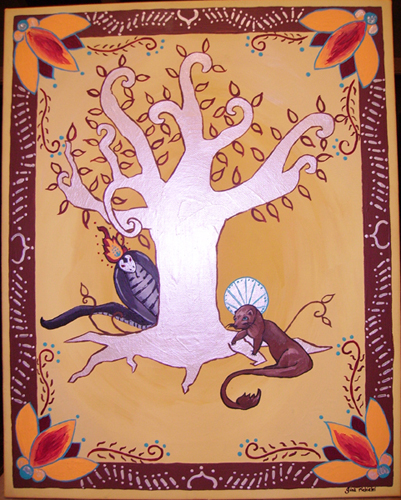
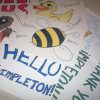
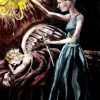
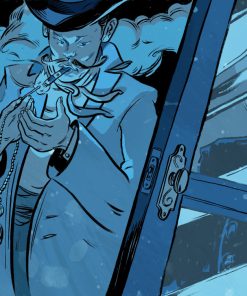
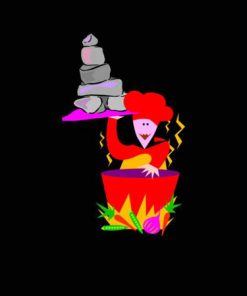
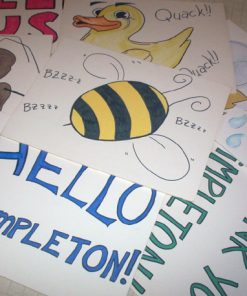
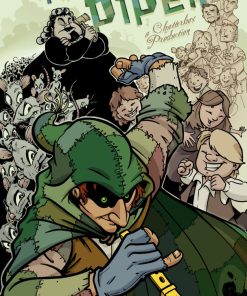
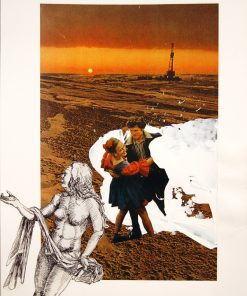
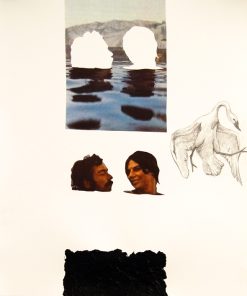
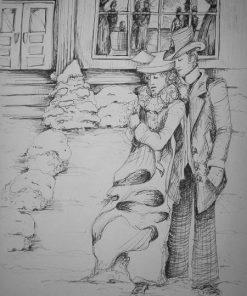
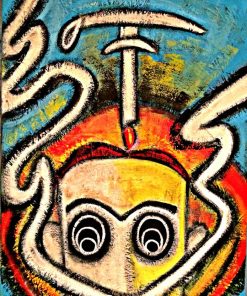
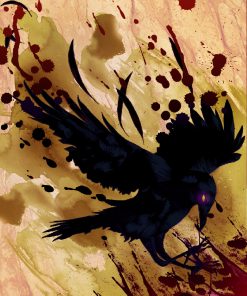
Reviews
There are no reviews yet.